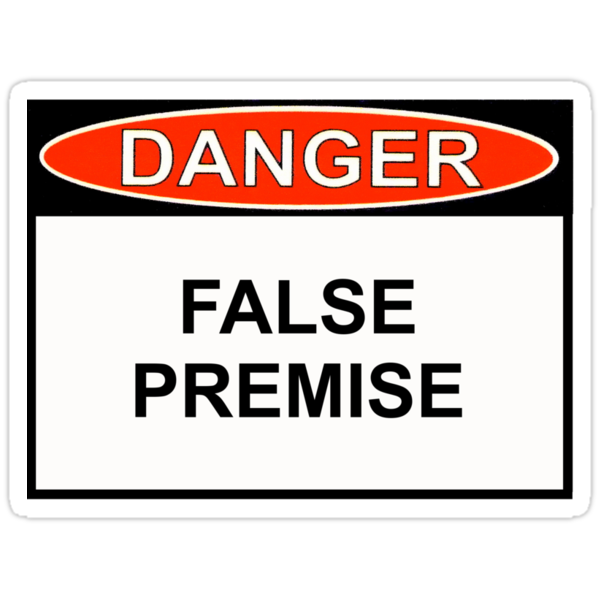The Society of St. Pius X (SSPX) was excommunicated because Cardinal Joseph Ratzinger did not mention an error in the Fr.Leonard Feeney case which spread throughout the Church. It resulted in the interpretation of the Council which was heretical. It denied the dogma on salvation.
The whole process can now be rectified since the problem is in the interpretation and not in the actual texts. From the text one can make wrong or correct inferences depending on one of two premises. The premises are 1. The dead saved are visible to us 2 the dead saved are not visible to us.
If Cardinal Ratzinger had realized that the problem originated with Cardinal Richard Cushing, the Archbishop of Boston in the 1940’s, he could have prevented the formation of the SPX. It was Cardinal Richard Cushing who broke with tradition and created the new doctrine of the explicitly known (formerly implicit) baptism of desire and invincible ignorance. What rationally and traditionally was always considered implicit and known only to God, he posited it as being known to us and so an exception to the literal interpretation of the dogma.
The popes and cardinals at the Vatican seemed to support Cardinal Richard Cushing–from the 1940’s until today. Cardinal Ratzinger as Prefect of the Congregation of the Doctrine of the Faith also seems to accept that the baptism of desire is an explicit exception to the traditional understanding of the dogma, worse still, that we can see the dead alive.
May be he did not realize it, since superficially the baptism of desire seems like an exception to the dogma. Many Catholics make this innocent mistake. I also did so at one time.
If the error was identified at the time of the SSPX split, Vatican Council II could b projected as a traditional Council with no known cases of the visible dead who are saved and who are exceptions to the dogma according to St. Francis Xavier, St. Ignatius Loyola, St. Robert Bellarmine, St.Maximillian Kolbe, St. Anthony Mary Claret…
When the ecclesiology of Vatican Council II is ecclesiolcentric, as in the past centuries, then its values on other religions, ecumenism an religious liberty is traditional and according to Archbishop Marcel Lefebvre.
At the time of the SSPX excommunication they could not identify the visible dead virus which was the cause of liberalism and dissent.
With the visible dead theory accepted, there remained only one interpretation of Vatican Council II which was a break from tradition. It was rejected by Archbishop Marcel Lefebvere.
Pope John Paul II approved the excommunication of Archbishop Lefebvre and four bishops. Non of the six of them, the pope and the SSPX bishops, realized the exact cause of the non traditional Vatican Council II.
Cardinal Ratzinger is now Pope Benedict XVI and the Cushing error has been identified. He can resolve the issue immediately.-Lionel Andrades
CARDINAL JOSEPH RATZINGER AND ARCHBISHOP MARCEL LEFEBVRE COULD HAVE PREVENTED THE SSPX PROBLEM BY IDENTIFYING THE WRONG PREMISE
http://eucharistandmission.blogspot.it/2012/10/cardinal-joseph-ratzinger-and.html#links
Without the false premise ecclesiology is traditional. Vatican Council II is not modernist but traditional
http://eucharistandmission.blogspot.it/2012/10/without-false-premise-ecclesiology-is.html#links

CARDINAL JOSEPH RATZINGER AND ARCHBISHOP MARCEL LEFEBVRE COULD HAVE PREVENTED THE SSPX PROBLEM BY IDENTIFYING THE WRONG PREMISE
http://eucharistandmission.blogspot.it/2012/10/cardinal-joseph-ratzinger-and.html#links
Without the false premise ecclesiology is traditional. Vatican Council II is not modernist but traditional
http://eucharistandmission.blogspot.it/2012/10/without-false-premise-ecclesiology-is.html#links







